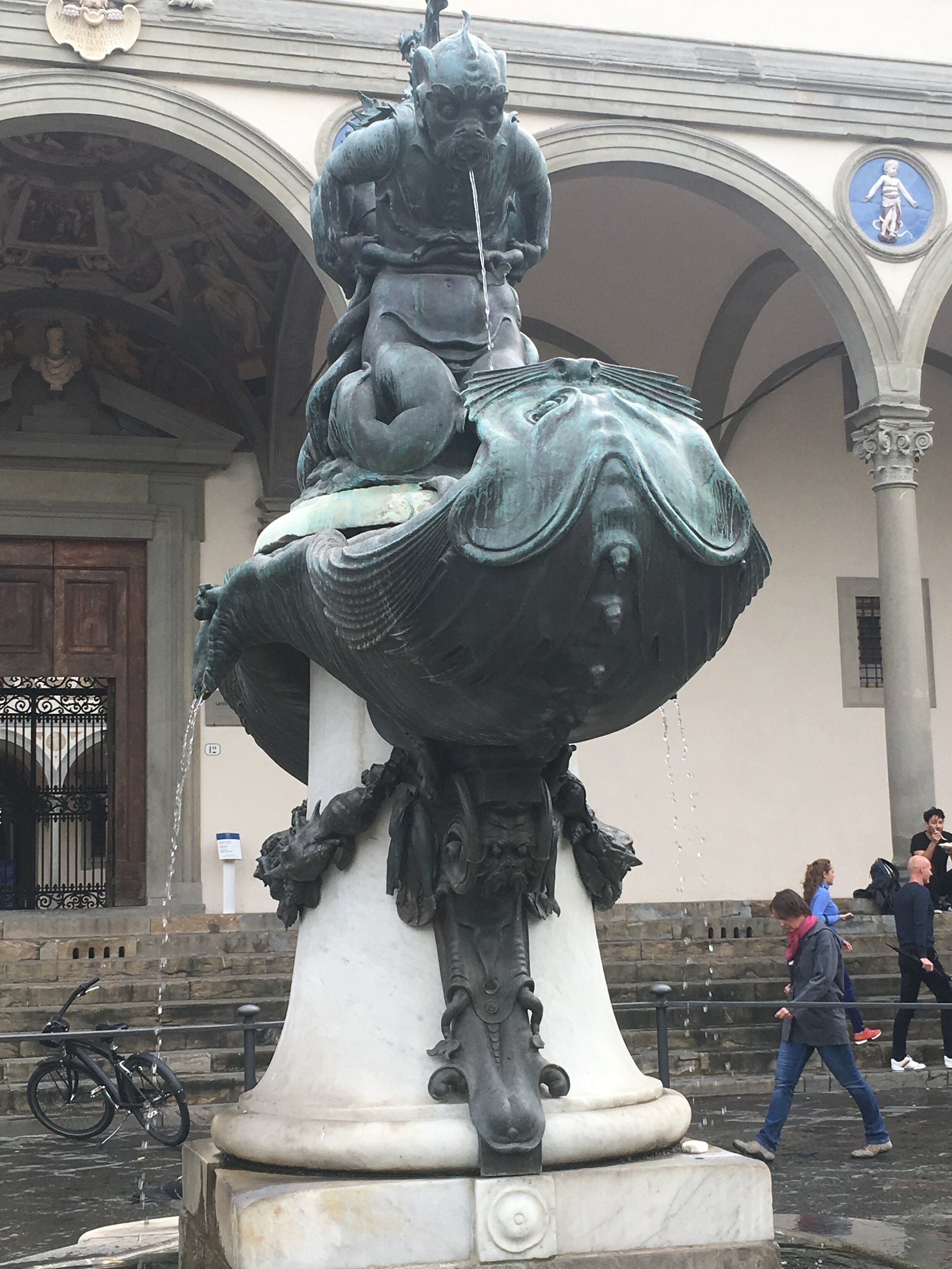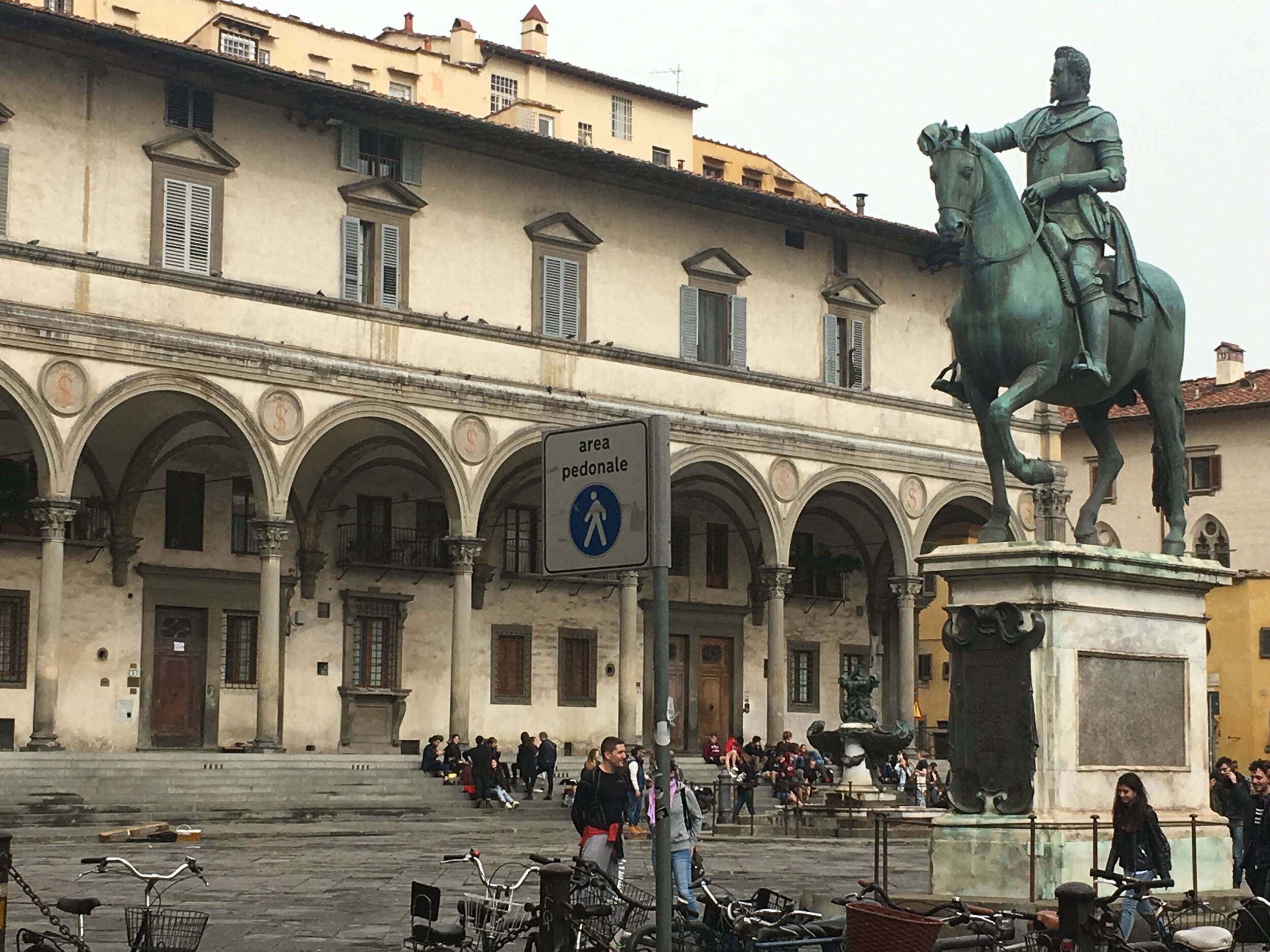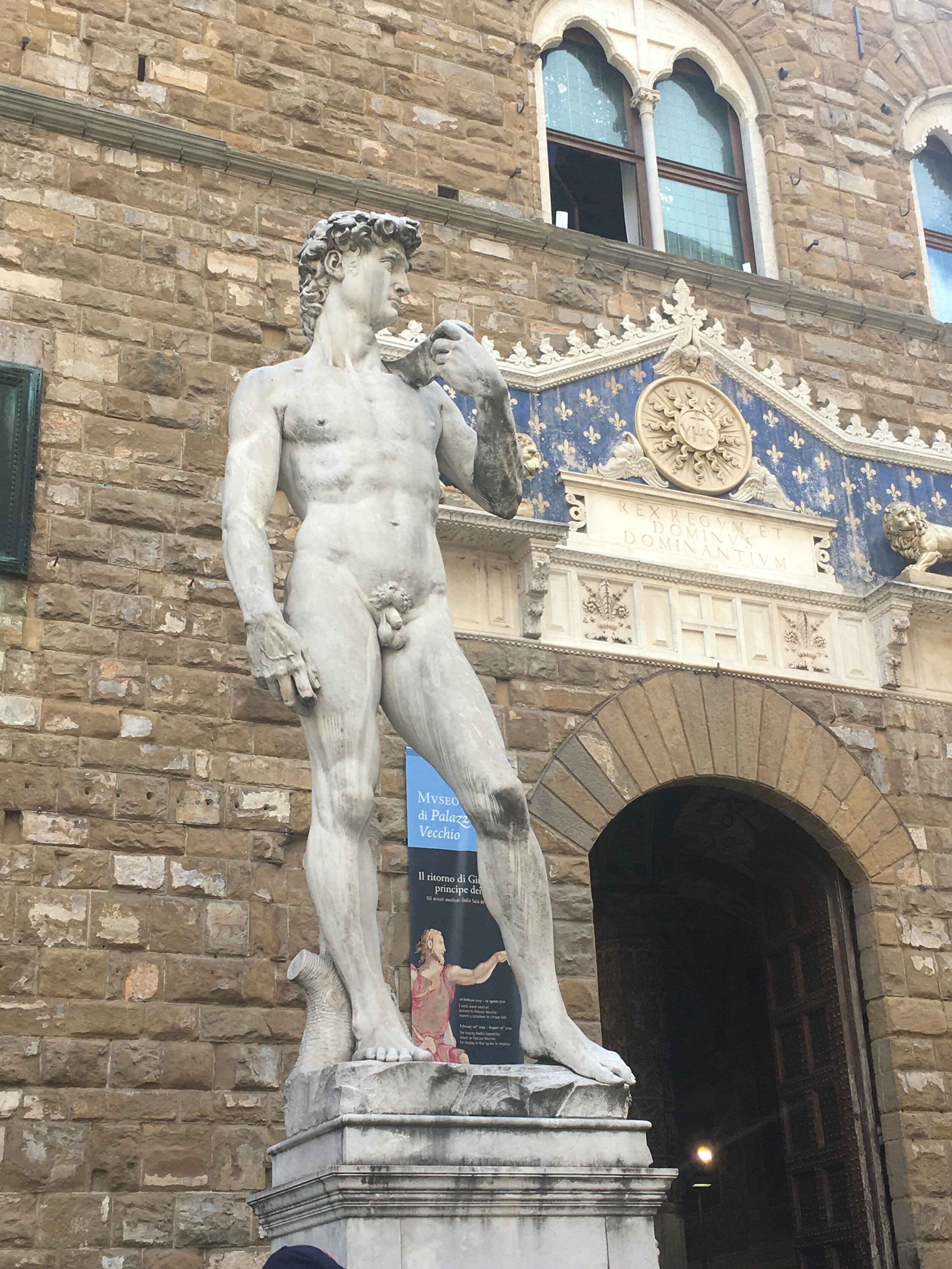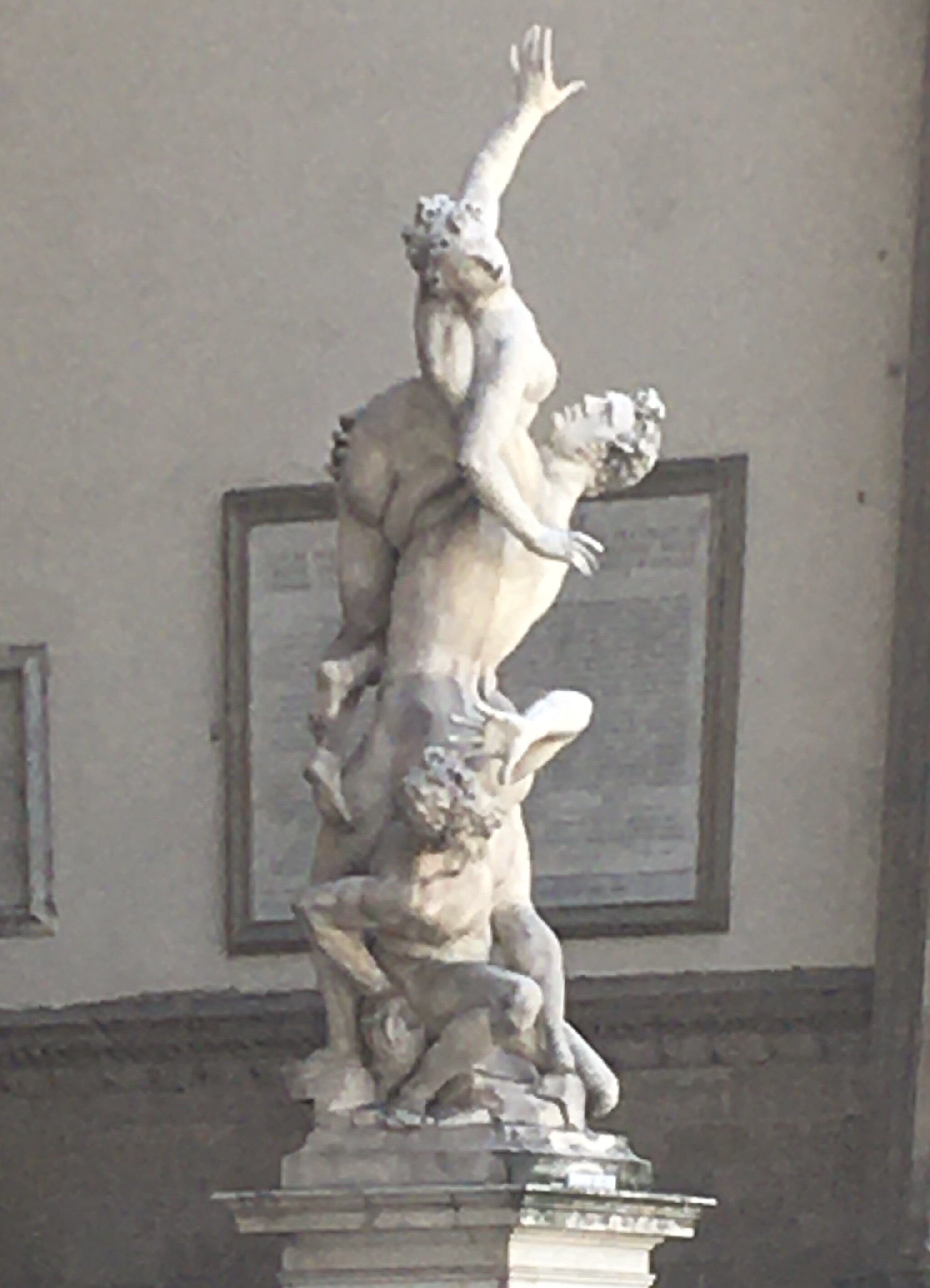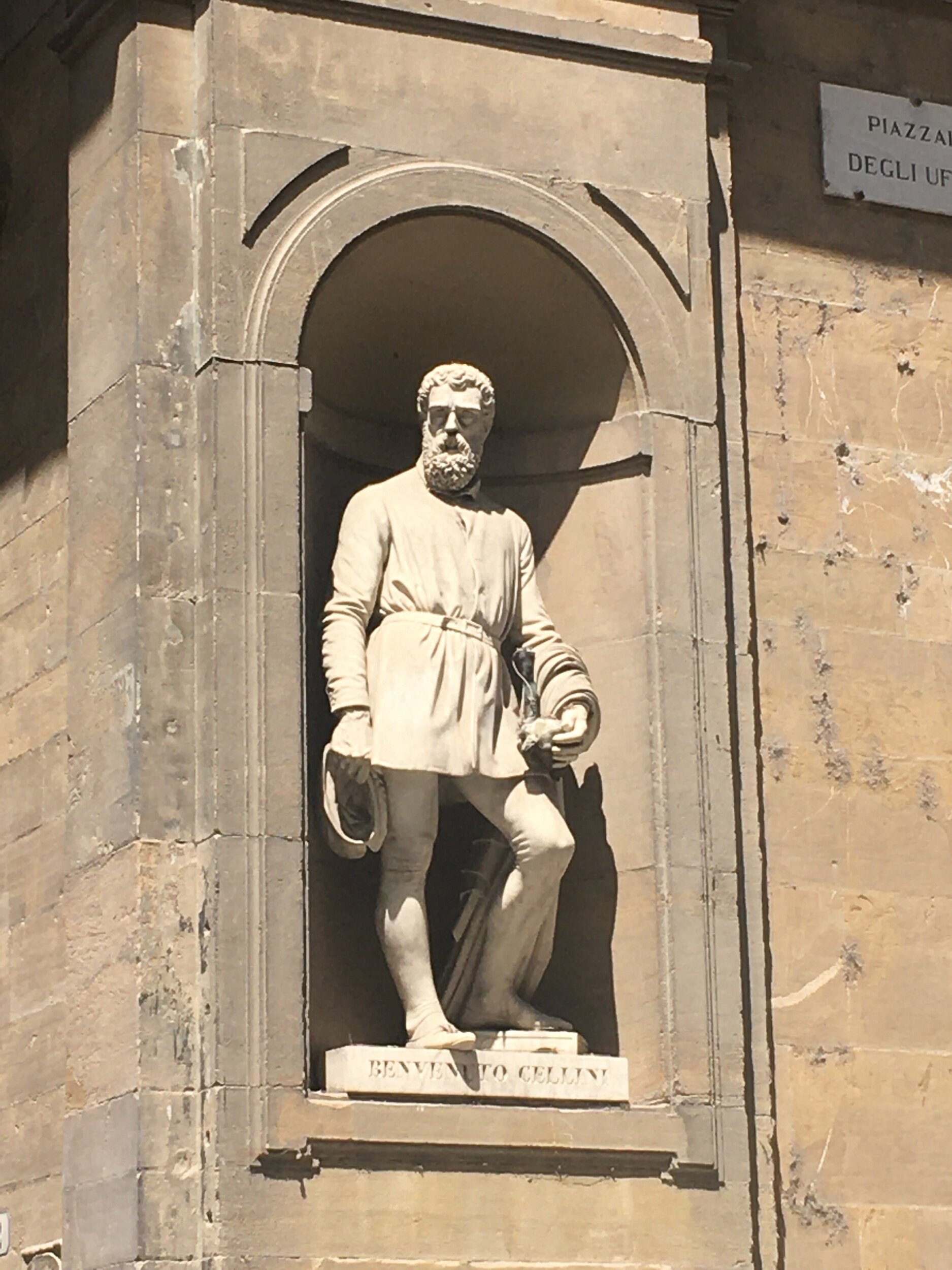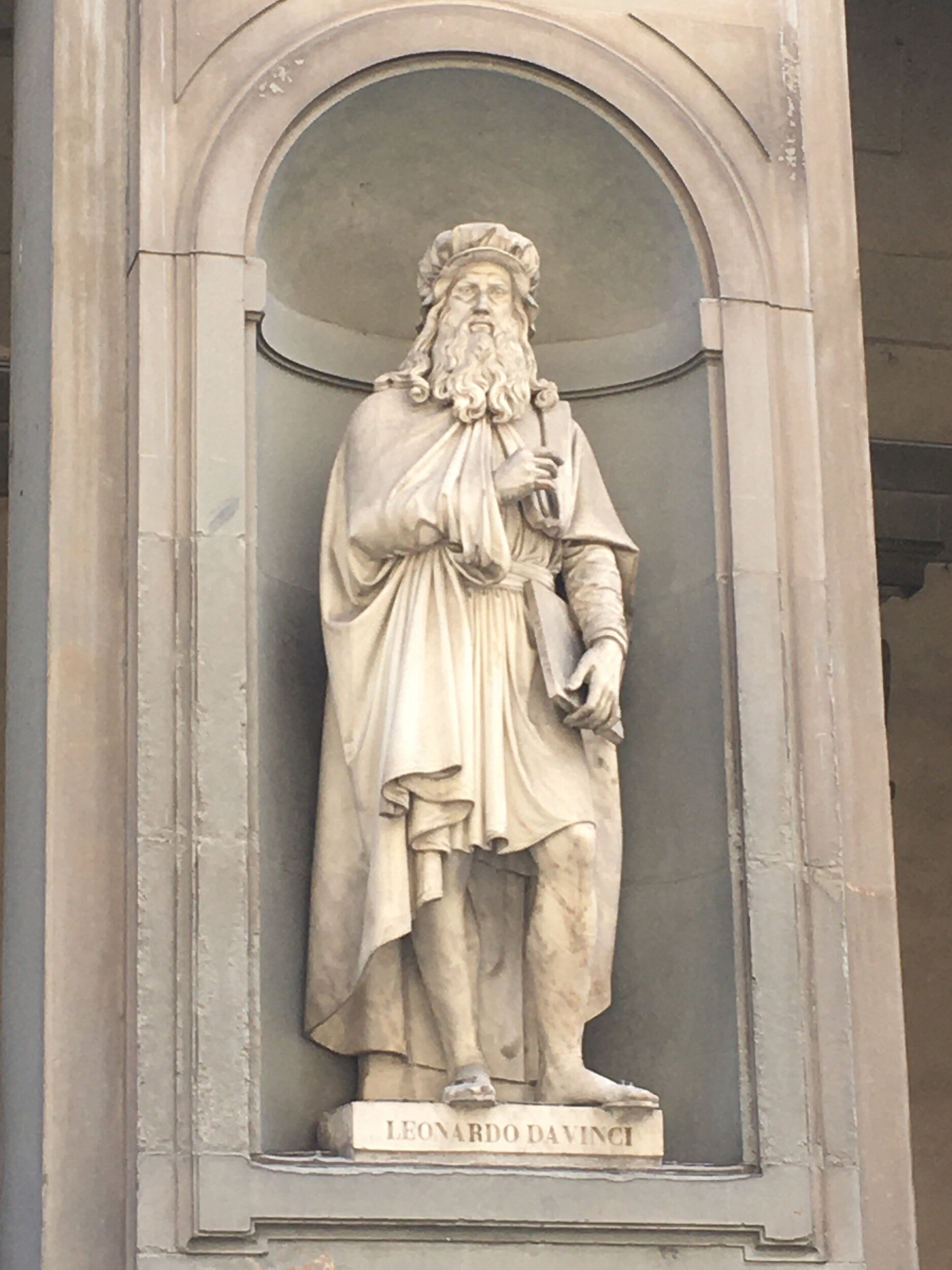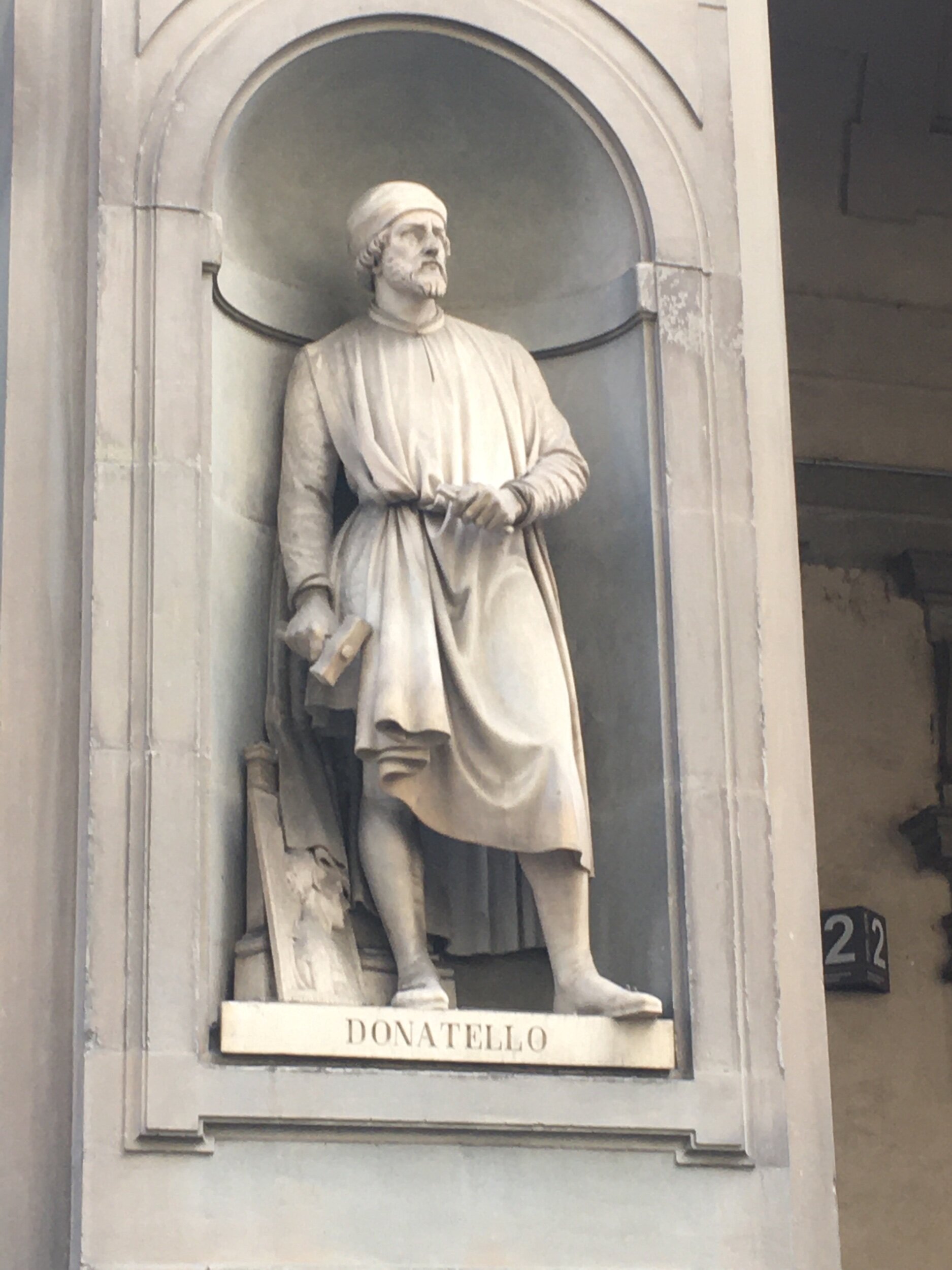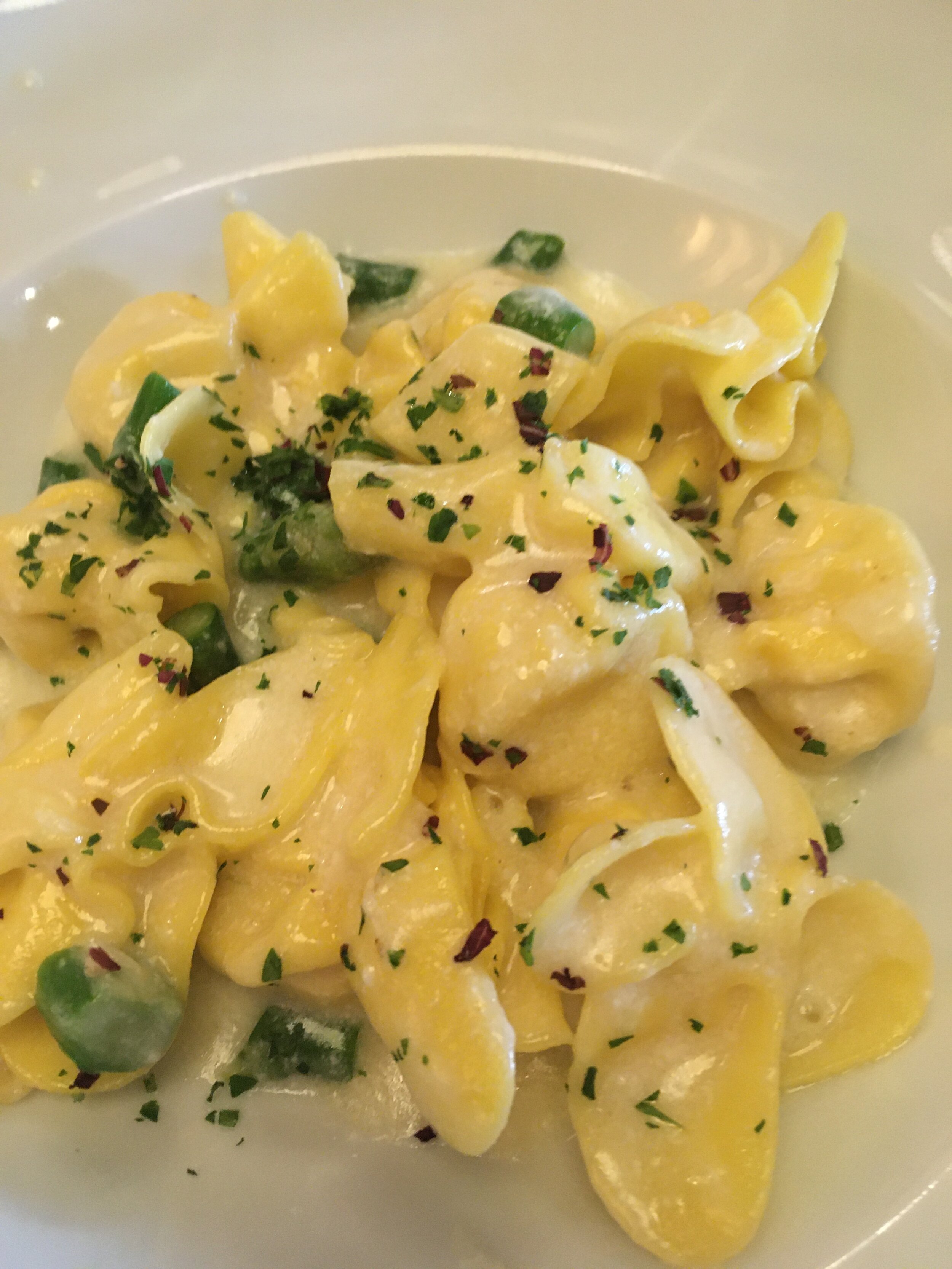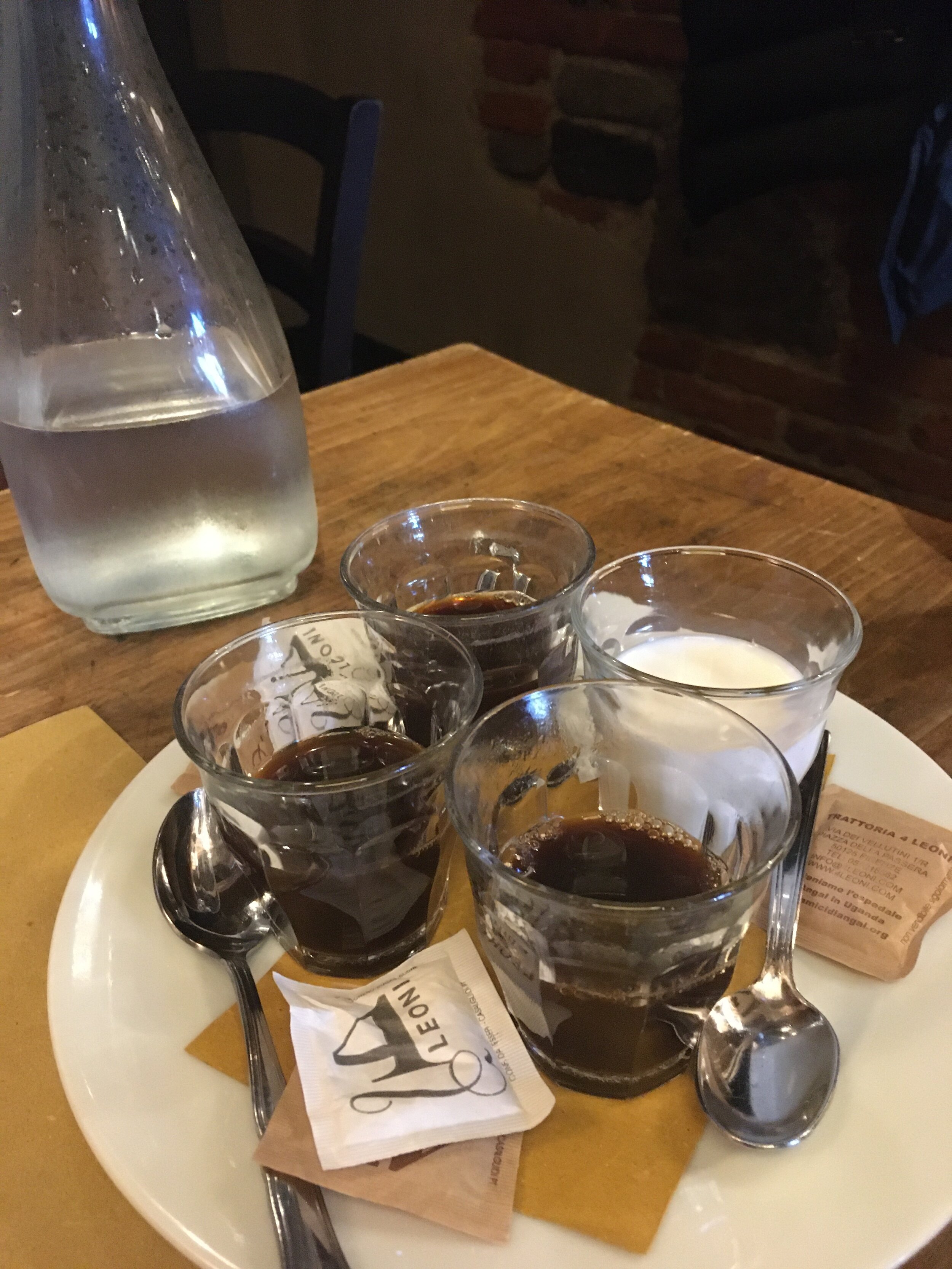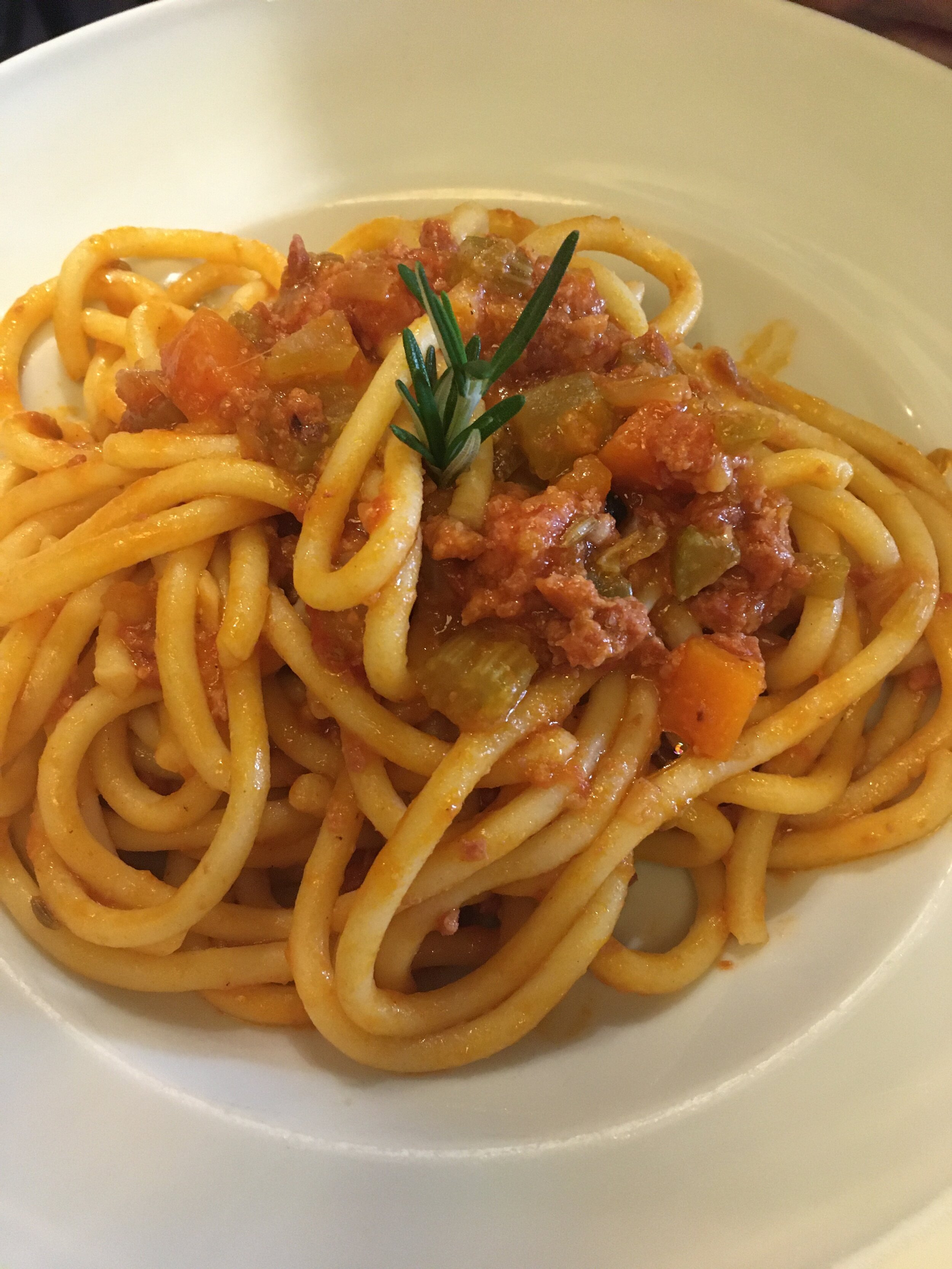Hints of Spring
Spring is still officially a week away, but here in Italy it feels as though spring began last week on March 8th. That day, the Festa delle Donne (International Women’s Day) recognizes the role of women in society, women’s rights, and also the violence that is still all too common against women. It is traditional here to give flowers, simple yellow mimosas, to mark the day. For me, March 8th is always the unofficial start of spring. I see the yellow mimosas being sold in the piazza and I know that spring is just around the corner.
Bunches of mimosa at the flower market in March 8th
There are other hints of spring to be found. The days are getting longer, the skies more blue, and the temperatures are that wonderful spring “in between” of not cold, not hot, but just perfect.
Wildflowers along Lucca’s wall
The photinia bushes outside my bedroom window have sprouted new growth - a pretty red in contrast to their usual green. Bulbs are beginning to send up shoots. The grape hyacinths have already bloomed in pots along the streets and in gardens.
Grape hyacinths, always a favorite early spring blossom
My friend Michael has one of the rare gardens inside the walls. He has been busy with spring garden clean-up and now it is paying off with early spring growth - soft green ground cover, the first daffodils, tulip shoots (no flowers yet), pretty little hyacinths, delicate violets, and stalks of yellow mimosa.
Here in Tuscany our cafes are still closed to all seating, but the mild weather means we can meet outside for a chiacchiera (chat) or to share a caffè d'asporto (coffee to go). Stepping into an open piazza, people stop and turn their faces toward the sun letting the warmth embrace them. Hints of spring can be found all around.
Even store windows are hinting at spring with colorful displays of merchandise in Easter egg colors.
Spring colors in the window of the Bialetti store
Last year at this time spring seemed to pass me by as I watched it unfold from my window during Italy’s quarantine. Even a walk to see the magnolias in bloom was forbidden. I felt guilty the one time I strayed just a little beyond the 200 meters from home limit to catch a glimpse of wisteria in bloom. This year feels different - the hints of spring are a tonic, not a tease. How fortunate I feel to be able to be out and about watching spring arrive.
































